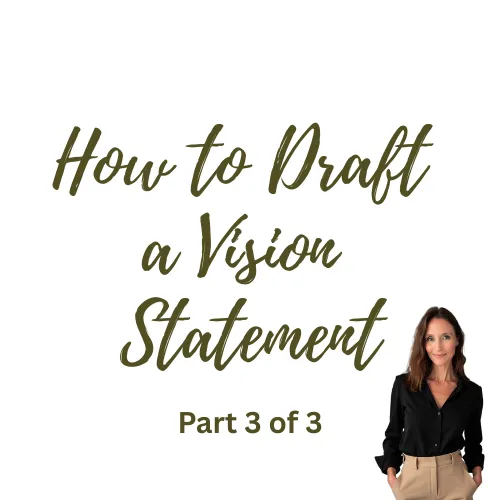
How to Draft and Create a Parent Vision Statement
You know your child better than anyone else. But when it comes to IEP or 504 meetings, your insights are often buried beneath paperwork, evaluations, and acronyms. That’s why writing a Parent Vision Statement is one of the most impactful steps you can take.
This one-page statement serves as your child’s introduction to the team—and your opportunity to shape the tone and direction of the meeting before the first data point is read.
Here’s how to create one that’s meaningful, clear, and empowering.
Step 1: Describe Your Child
Start by answering this simple question:
Who is your child beyond their diagnosis?
Think about:
Their strengths and passions
How they learn best
What brings them joy
Their personality, preferences, and routines
Example:
"Ella is a bright, curious 10-year-old who thrives in hands-on environments. She loves science, storytelling, and helping others."
Step 2: Share Your Vision for the Future
What are your hopes for your child—academically, socially, emotionally, and functionally?
You don’t need to map out their whole life. Focus on how you hope they grow and what kind of support they need to get there.
Example:
"We hope Ella gains the confidence to share her ideas and feel safe and supported in her classroom. We want her education to reflect her unique abilities and set her up for independence."
Step 3: State What’s Important to Your Family
Explain what kind of environment, communication, and support matter most to you.
Do you value collaboration? Inclusion? Predictable routines? Advocacy? Be honest—this helps set the stage for partnership.
Example:
"As a family, we value clear communication, inclusive opportunities, and support that empowers Ella to grow academically and socially."
Final Format
Your finished statement can be 1–2 paragraphs, typed and printed. Bring it to every IEP or ARD meeting and ask for it to be included in the record.
It might sound like this:
“Our vision for Ella is for her to be confident, connected, and supported in all aspects of her education. We want her strengths to be recognized and nurtured, and her learning differences to be addressed with thoughtful, evidence-based supports. We believe in collaboration, and we are grateful to be part of a team working together for her success.”
This statement becomes part of your child's Individualized Education Plan (IEP). It should be copied and pasted - verbatim - into the Present Levels section at the beginning of the IEP documents. This should not be summarized in the Deliberation section at the back of the IEP nor should it be an addendum. It is a vital reflection of your child from your perspective, as well as your vision for the future. As an equal member of the IEP committee, your input must be included appropriately.
Need Help Crafting Your Statement?
I work with parents every week to help them write effective, heartfelt Vision Statements that speak from the heart—and guide the IEP process with strength and clarity.
Locally serving The Woodlands, Spring, Conroe, and surrounding areas - Available to serve Nationally
Book a free consultation » www.wholechildadvocacy.com
